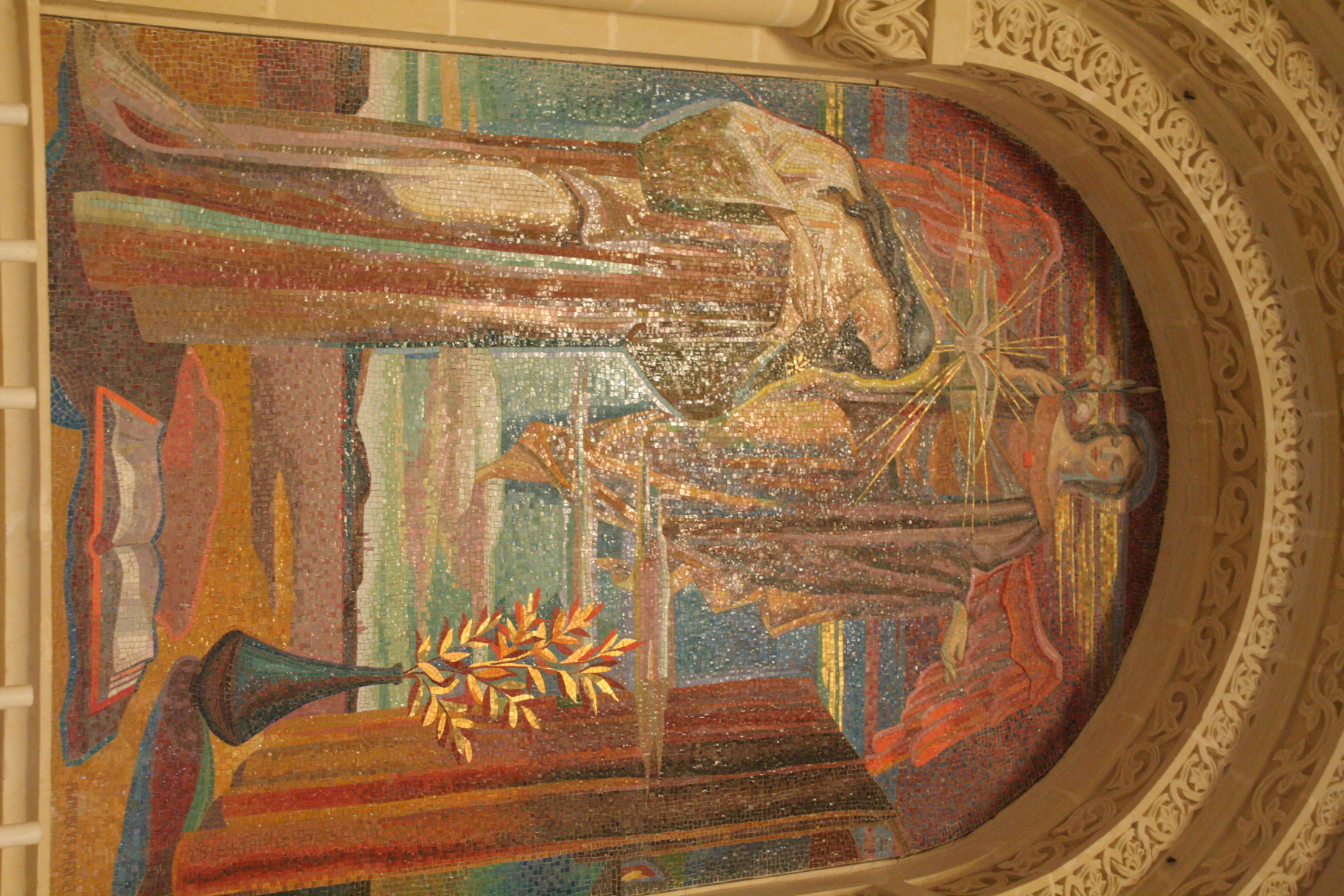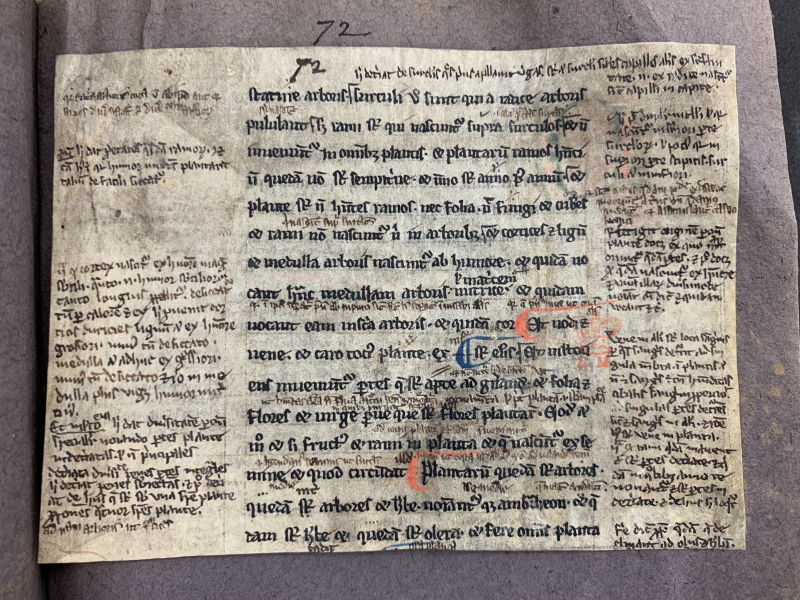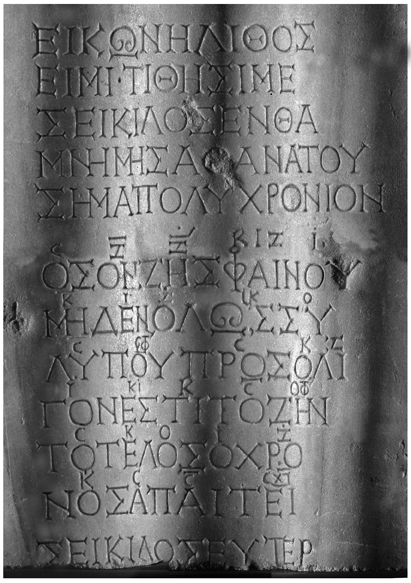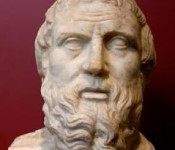Cathars, Bogumili, Templars of Mediterranean Europe and Balkans
Thursday 08 October 2020 at 3:14 pm
Cathars or καθαρός Ancient Greek “pure ones”
As Egyptian and Ancient Greeks, καθαρός recognised that an Omnipotent indescribable God manifests in male and female divine forces. The female aspect of God is Sophia, “wisdom”. As Pythagoreans, or the founders of Orphism, they believed in Metempsychosis (Reincarnation) – a soul is reborn until it renounces the world. Cosmic Duality with its Chinese Taoist Yin and Yang forces, that are in a constant opposition, is in the centre of their teachings. The purpose of life is re-union with god.
Ta' Pino Church Gozo Malta, Maria Christian Goddess Malta
Female Divinity and Cathars
The orthodox view that there is one God with three aspects – Father, Son, and Holy Ghost is with us from Ancient Egypt.
It is interesting that the Bogomils, the Cathars, the Templars were the same. Apparently, the καθαρός family names from the Inquisition documents are the same as the names of Templars that has its founder in the Priory of Sion. On the 13th October 1307, by the order of the King, all across France, all the Templars were executed.
Bogomil (Cyrillic: Богомил, also Bogumił in Polish, Bohumil in Czech and Slovak) is a Bulgarian given name composed of the Slavic words 'bog' (god) and 'mil' (dear) and means 'Dear to God'. The sound change of 'g' > 'h' occurred in Ukrainian, Belarusian, Czech and Slovak.
The name refers to: Bogomil (a priest), medieval Bulgarian monk, Saint Bogumilus who died in 1182, a founder of the Gnostic sect known as Bogomilism in the area of Balkans that hosts ancient cultures and civilizations as early as 6,500 BC. The Balkans gave the Greeks, the Orphean and Dionysian cults.
Some of the καθαρός poetry and symbols insinuate that the feminine principle of divine, Sophia, goddess, Knowledge, or Writing, has been abducted by the Catholic Church and is in a need of rescue.
Arhandjeo Gavirlo 14th century Hilandar Museum Christian Orthodox Icon
Read more
Learning from 40 AC Book Bios “Καῖσαρ” Kai-Caros (in Slavic "Like the King") Bio of Caesar
Sunday 27 September 2020 at 5:55 pm
Nicolaus of Damascus Book Bios “Καῖσαρ” KaiCaros (in Slavic "Like the King") Bio of Ceazar
The Ancient Greek historian Nikolas or Nicolaus of Damascus (Greek: Νικόλαος Δαμασκηνός) was a historian and philosopher with a Slavic name who lived during the Augustan age of the so-called Roman Empire. He was born in 64 BC. Nicolaus was the son of wealthy parents, and historians suggest that he was of Macedonian origin. At those days Orphism was at its peak within the region.
A fragment from Alfredus the Englishman’s translation of Nicolaus of Damascus’ work on plants, now lost, which incorporates material from Aristotle’s De Plantis, also lost. Alfredus translated Nicolaus’ book from Arabic, which had been translated from Syriac, which had been translated in turn from Greek: Harley MS 5414, f. 72
He was an intimate friend of Herod the Great (Cezar). According to Sophronius, he was also the tutor of the children of Mark Antony and Cleopatra. He was commissioned for his work. He wrote a universal history in 144 books. His work was mainly lost. Extensive fragments of the first seven books are preserved, these cover the history of the Assyrians, Medes, Greeks, Lydians, and Persians.
The Book 4 of his History was on A-bra-Ham (the monotheism, the Monad), so the historians have named him “a Jew”. However, he has done a work called “On the Psyche”, so he could have also been a Pythagorean or Platonist.
Nikolas wrote "A Life of Augustus", Caesar (Bios *“Καῖσαρ” KaiCaros = pronounced as “Bios kai Caros”)
Nikolai writes the name of Cezar, in Ancient Homerian Greek as “Καῖσαρ” “Καίσαρος”, “Καίσαρι” sounding as: Kai Caros (meaning in Slavic "kao Car", or "as the King", the Slavic supreme ruler is “Car”) “Καίσαρ” became in Latin "Cezar".
Read more
Ba of Sha or Soul of Isis
Saturday 29 August 2020 at 6:46 pm
Goddess Bastet (in Slavic BeŠTija) and the Egyptian Sacred City of Cats
The Temple of Bastet was built in 2950 BC at Sakkara, Alexandria, at Bubastis.
A goddess that had a cat as a symbol, represented by the sounds “Ba” and “Sha” was worshiped for thousands of years in ancient Egypt. The Ancient Egyptian: bꜣstjt, in Slavic BeŠTija, in Coptic: Ⲟⲩⲃⲁⲥⲧⲉ/ubastə/ was an angry Goddess.
The three papyri of the 200 BC tell us of a story of the daughter of Ra, living as a mighty lioness at south of Egypt in the glowing desert heat. She is a beast, not a benevolent Goddess, an angry lioness. To please her, the worshipers use the form of a baboon (unpolite and rude humans) and music, dance and alcohol.
A bronze statue the cat wears golden earrings and nose-ring and a silver wedjat (Eye of Horus). Around 600 BC from Saqqara, Egypt in The British Museum, London.
In the 18th century, the French scholars who accompanied Napoleon on his 1798 expedition to Egypt, located the temple in Cairo, known as Tell Basta with its city Bastet.
In 1906 while building a railroad, workmen hit on a treasure buried near the remains of the temple. The treasures of great value had a golden cup sculpted to resemble lotus petals bearing the name of the 1200 BC queen Tawosret (Ta-X-os-ReT) who was the queen of Egypt during the Trojan War. Scholars believe that the queen Alcandra (aleXandra) mentioned in Homer’s Odyssey was Tawosret.
Did you know that Ancient Egyptians used to have “tatoos” of symbols of Gods tatooed on their bodies?
Bꜣstjt or BeŠTiJa was within Greece worshipped as Artemis, Ba of Sha means a Soul of ISiS (Sha) with the addition of the second 'T' to denote the feminine.
Read more
Seikilos Epitaph The First Musical Composition Ancient Greece 100 AC
Saturday 01 August 2020 at 4:29 pm
The Seikilos epitaph is carved in marble stele dated 100 AC from Ancient Greece
Did you know that the Seikilos epitaph is carved in marble stele, or a column, with poetry and music that is the oldest surviving complete music composition?
Seikilos Epitaph The First Musical Composition Ancient Greece 100 AC at the Museum of Denmark
The melody with lyrics, in the ancient Greek musical notation, was found engraved on a tombstone from the Hellenistic town Tralles, not far from Ephesus in Turkey. The Epitaph was discovered in 1883 by Sir W. M. Ramsay, since it was lost to be rediscovered in 1922, Its base was sawn off straight so that it could stand as a pedestal for flowerpots. In 1966, it was acquired by the Museum of Denmark.
It is a Hellenistic song written in the Ionic dialect, that for me these days rings a bell as Eastern Greece or Alexander the Great or Macedonia or the famous Ancient Egyptian Rossetta Stone (with its 3 languages inscription) and many Ancient Greek scripts found in ancient Greek colonies in Egypt, Malta, Sicily.
Read more
or Researching Ancient History while Playing the Glass Bead Game with Pythagoras
Sunday 12 July 2020 at 8:12 pm
Ancient Greek Herodotus Ἡρόδοτος 484 BC – 425 BC, the Father of History
A Barberian about Slavs and Ancient Europe, Balkan
In 1943, the Nobel wining novelist Herman Hesse published his novel The Glass Bead Game, Das Glasperlenspiel, set in a monastic society that develops minds by studying and playing the glass bead game. One would master philosophy and literature, and then focus on mathematics and music to be able to play the Game. Both mathematics and music are with us since the time of Pythagoras. History is like playing the Hesse's glass bead game with Pythagoras...
Mathematics is described as the science of pattern and music as the art of pattern, both using meditation within the process of contemplation developing own language of symbols.
The Ancient Greek Herodotus Ἡρόδοτος 484 BC – 425 BC (H-R-DATOS) as his name suggests was a King's historian, the one who collects data for the King or the Priest. It is hard to believe that a family would have given such a name to a child. (“Statistcians” you shall be, so we shall name you H-R-DaToS).
Fragment from the Herodotus Histories Papyrus 200 AC
Aristotle refers to a version of The Histories written by "Herodotus of Thurium," and some passages in the Histories have been interpreted as proof that he wrote about southern Italy from his personal experience there. Of course, researching life and work of a person who has lived 2,500 years ago, everything about him or his work, but his writings, is a guess work used often in history to manipulate our minds to like or dislike a Ruler or a Nation, or a Political Party.
Read more








